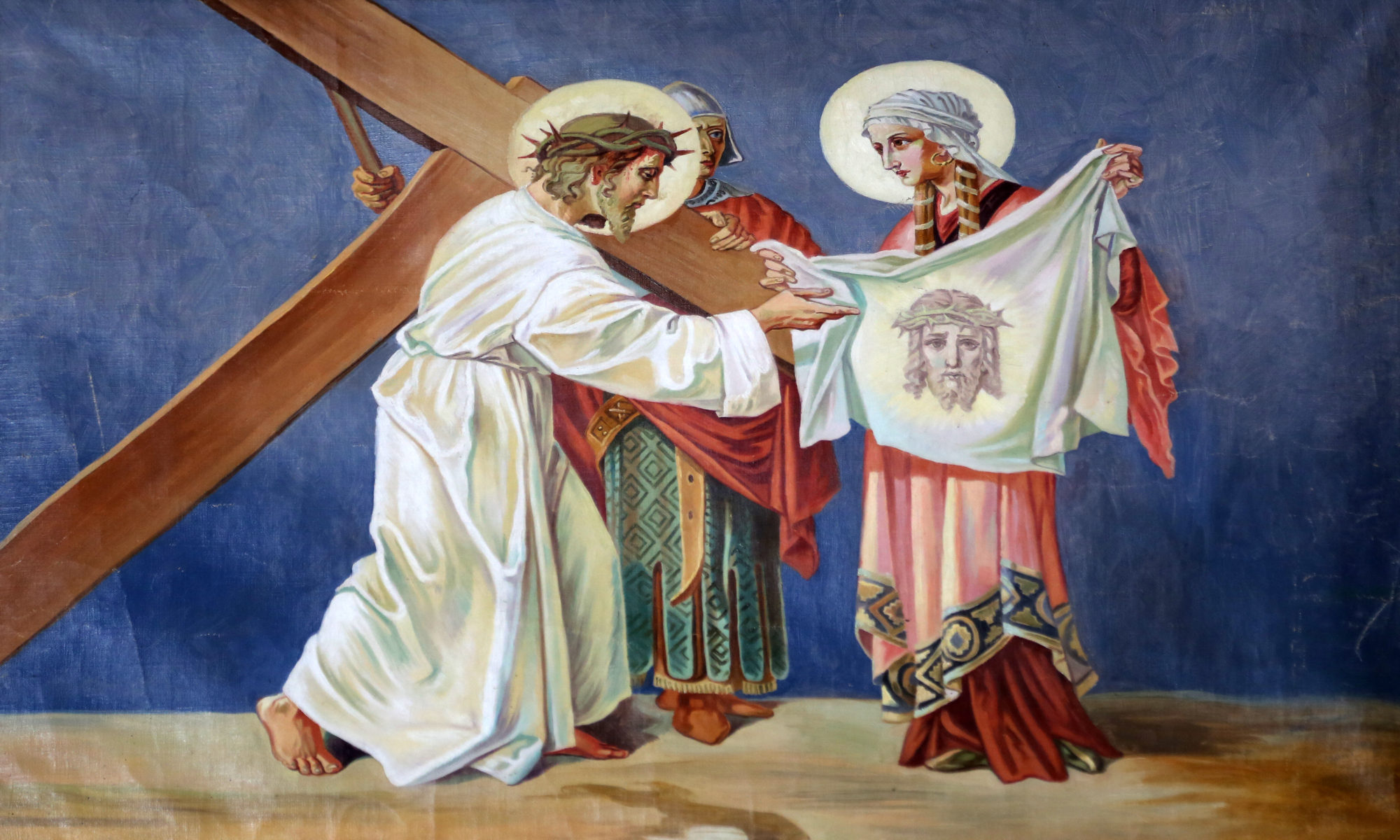Description
Our Lady of Perpetual Help
Virgin of Passion
Mother of God of Incessant Help
A SHORT HISTORY OF THE ICON: The “Virgin of Incessant Help” is perhaps the best known icon in the world, as it is widely known in Orthodox, Catholic and other traditional churches. This icon has different names in different groups of Christians. Known as “Our Lady or Perpetual Help to Catholics. Known as the “Virgin of Passion” to Eastern Orthodox. Spanish and Filipino Catholics refer to this image as “Scoorro.”
The icon is a “hodegetria” (Greek for “pointing the way”) type icon originally attributed to St Luke the Evangelist. The icons is often referred to as “Passions” because in the icon the Christ Child questioning looks at one of the angels on either side of the Virgin Mary holding the instruments of “Passion:” the Cross, Lance and Sponge. The Virgin tenderly embrasses her Son.
The original icon was venerated for centuries in Constantinople and it is uncertain if it was destroyed or stolen at the fall of Constantinople to the Turks. The icon was highly venerated in the East and in 1641 was received in a solemn procession to Moscow to the Church and Convent of St Anne (the Mother of the Virgin Mary). The icon showed its miraculous powers to many in Russia. The first miracle in Russia attributed to the icon was in Nizhni-Novgorod where a lady named Eudoxia was cured of palsy.
A wealthy merchant in Crete owned a copy of that icon in the late 15th Century. Fearing the Turkish expansion the merchant fled to Italy on a boat, which was caught in a very violent storm. The merchant held the icon above the crew praying for “help.” The sea calmed and ship made safely to Rome.
The merchant joyfully displayed the icon in Rome and told his close friend that some day the whole world would pay honor to the Virgin of Perpetual Help. While in Rome the merchant became sick and asked his friend to take the icon to a church for public veneration.’
Although the friend promised to do this, the friend’s wife took a liking to the icon and insisted that it be kept in their home. Although the Virgin appeared to the man three times asking that the icon be taken to a church, he ignored the request and he became very ill and died. His wife still wanted and kept the icon until the Virgin appeared to her 6-year-old daughter and told her the icon was to be placed between the Basilica of St Mary Major and that of St John Lateran. The church between them was that of St Matthew the Apostle which was cared for by the Augustinians. During the procession to the Church a man regained use of his paralyzed arm. The icon hung over the high altar of that church for over 300 years and was known by all of Rome as the means for countless miracles, cures and needed graces.
Napoleon’s army captured Rome in 1789 destroying over 30 churches including St Matthew’s and exiling Pope Pius VII. An Augustinian priest secretly took the icon from the church before it was destroyed. On the Pope’s return he gave the Augustinians the monastery of St Eusebius and later the church of St Posterula which already housed the miraculous icon of Our Lady of Grace. The icon of the Lady of Perpetual Help was housed almost forgotten in the Augustinians private chapel for 64 years.
During this time the Redemptorists established a church and Monastery to St Alphonsus on the ruins of the old St Matthew church. Knowing of the miraculous icon, the Redemptorist obtained the icon from the Augustinians. The icon was taken in solemn procession through the streets of Rome to its new home in the Church of St Alphonsus. There the icon was highly regarded and the Pope “crowned” the Virgin as “Queen of Heaven.” The icon has great devotion among Spanish speaking people.







